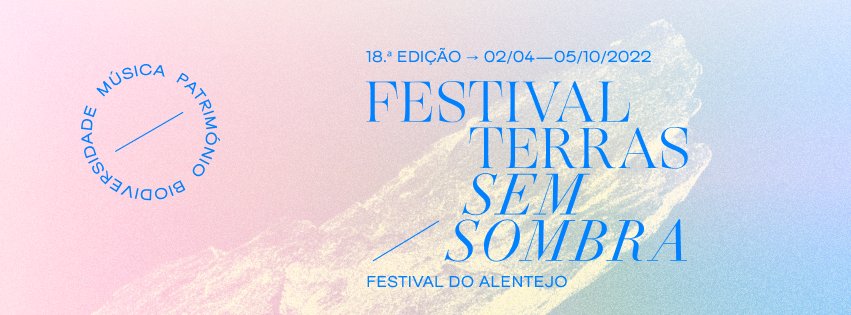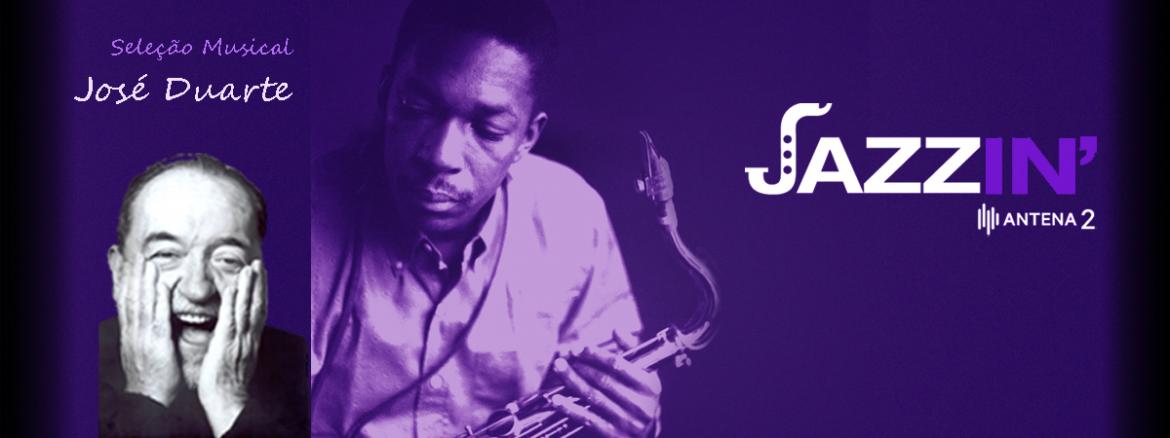‘Concerto para violino’, de Giovanni Battista Pergolesi
Na passagem do ducentésimo octogésimo oitavo aniversário da morte de Giovanni Battista Pergolesi [1710-1736], o Concerto per violino in si bemolle maggiore in B-Flat Major , que integra o álbum Invocazioni Mariane lançado no início deste mês pela naïve.
Andreas Scholl · Accademia Bizantina · Alessandro Tampieri





![FESTIVAL DE MÚSICA ANTIGA DE TORRES VEDRAS [18 Out - 1 Nov]](https://abrancoalmeida.files.wordpress.com/2020/10/festival-de-musica-antiga-de-torres-vedras.jpg?w=847)






 Visita Guiada
Visita Guiada